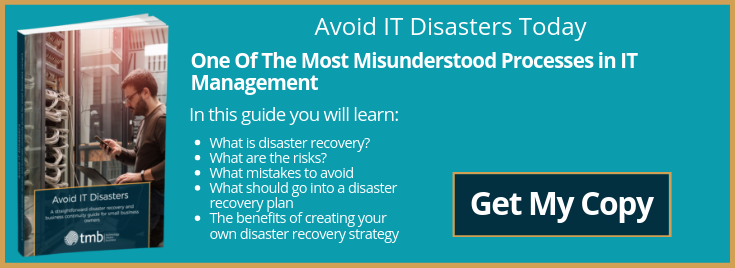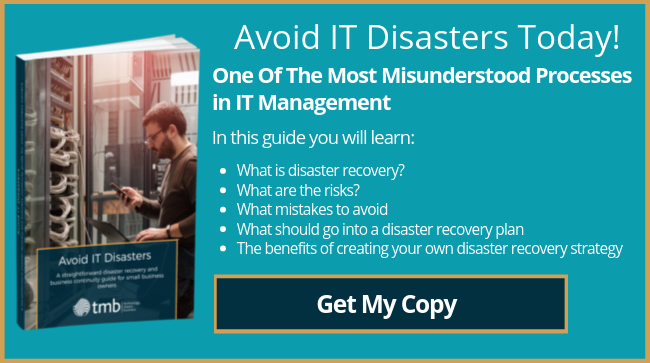What Are The Key Impacts Of A Disaster Recovery Plan?
Many informed business leaders have a general idea of what a disaster recovery plan involves. On a practical level, it means ensuring that everyone knows what to do in an emergency, whilst having the correct support in place to get systems up and running. It all sounds very 21st century. However, the key impacts of disaster recovery plans have their roots in the fabric of society. Here, we take a look below the surface.
Disaster Recovery: What Does It Really Mean?
To understand the impacts of a disaster recovery plan, three words are crucial: resilience, preparedness and knowledge. Real-world examples illustrate this well. In early 2005, the indigenous island-dwelling Jarawa tribe emerged from their forest homes to the astonishment of world media. All 250 had survived the Boxing-Day Tsunami that had obliterated 227,898 lives in the surrounding area. Anthropologists were not surprised, explaining that “the Aboriginals have an island survival strategy.”
The notion of embedded ‘survival strategies’ is surprisingly important across all cultures. We can see it every day. For instance, children are taught to look before they cross the road and to avoid strangers – both good survival strategies in modern societies. Most of us know not to play with matches, to wear the right clothes for the weather and to stay hydrated. These are behaviours so basic that they feel completely natural, yet they are crucial to avoiding disasters. It is these very fundamental survival ideas that underpin disaster recovery planning.
Disaster Recovery In The Digital Era
Survival strategies in the digital era have caught many off guard. Whereas the Jarawa tribe have had around 50,000 years to hone their Tsunami survival skills, Web 2.0 ushered businesses into the online era only 20 years ago. It is only in the last ten years that the majority of organisations have become digitised, and this means there’s a lot of survival learning to do. Disaster recovery planning involves teaching employees about risks, practising the best response strategies, and having the correct tools in place to respond to an emergency. It means having business continuity plans in place, so if a disaster looms, systems are ready and everybody knows what to do.
Sounds Hard?
It can be a challenge. Digital business is a complex area, and it is plagued by cyber criminals who know how to exploit every delicate coding weakness. However, for companies there is good news. One of the key impacts of disaster recovery planning is an increase in ‘social capital’. This means greater resilience, awareness and shared knowledge. With high-quality disaster planning, workforces become empowered to face any challenges that arise. As has been the case throughout human history, the best way to achieve this is by turning to an expert.
For help and advice on disaster recovery, contact TMB Group today.
Image Source: pixabay.com



